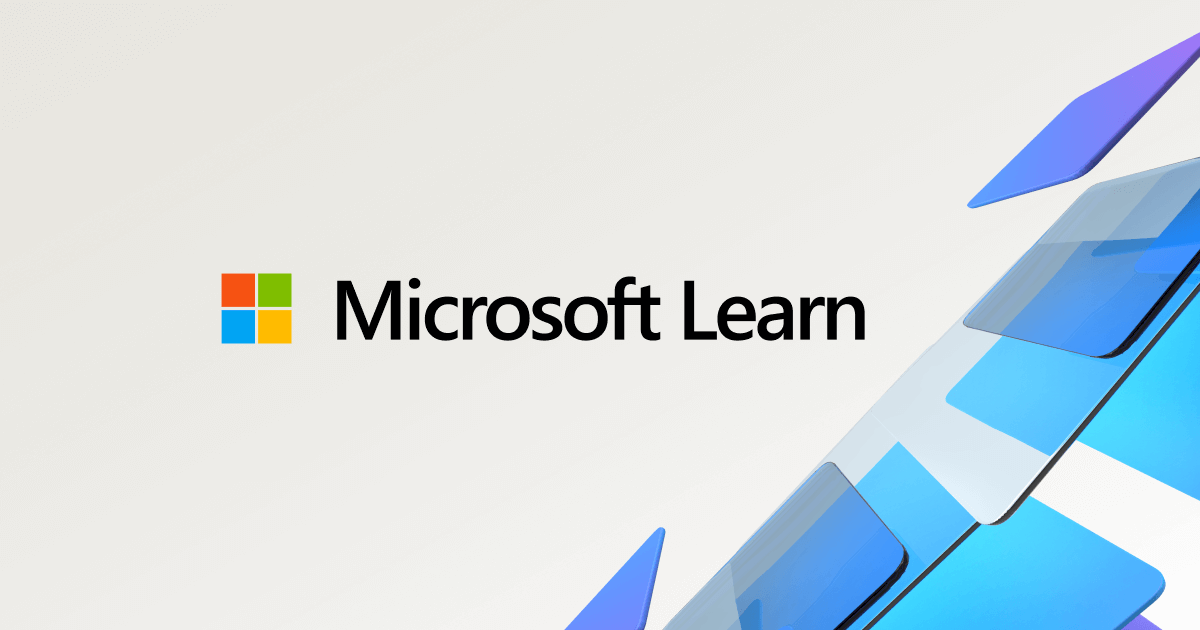I am using a Dell Windows 10 laptop and tried unsuccessfully for many hours to get the Windows 10 Consumer Extended Security Update (ESU) on my laptop - to extend Windows' security updates until Oct. 13, 2026. Here is what I did. At Settings>Update & Security>Windows Update there was no link to enroll in ESU. That's supposedly where you enroll to get the ESU. On the home page for Settings, in the upper left of the screen, it shows I am logged in to my Microsoft account as the administrator. On the Windows Update page I updated Windows 10 version 22H2 to the latest version. I still cannot get the ESU "Enroll Now" choice to appear on the Windows Update page (in Settings) as it should according to a Microsoft document. Could you please tell me what I am doing wrong and how I can get the Enroll Now to appear on the Windows Update page so I can get Microsoft's Extended Security Update.
Thanks.
Richard
Thanks.
Richard






